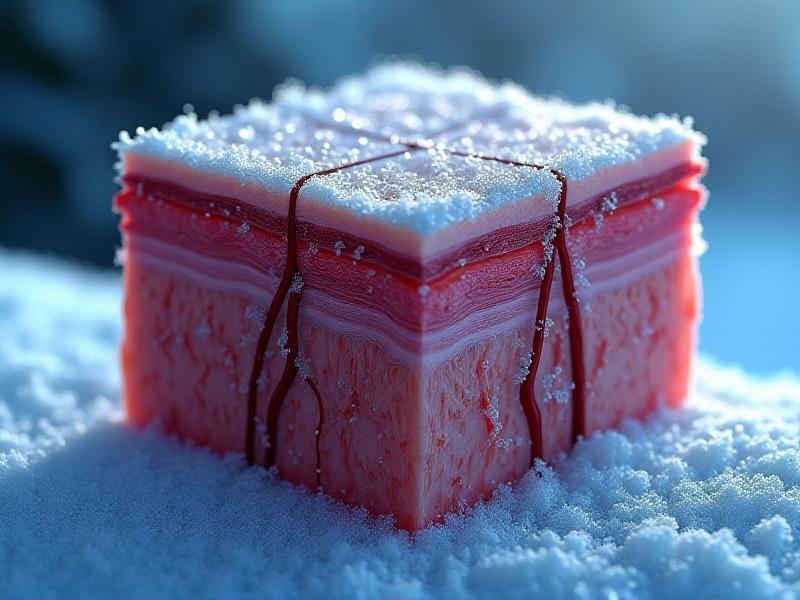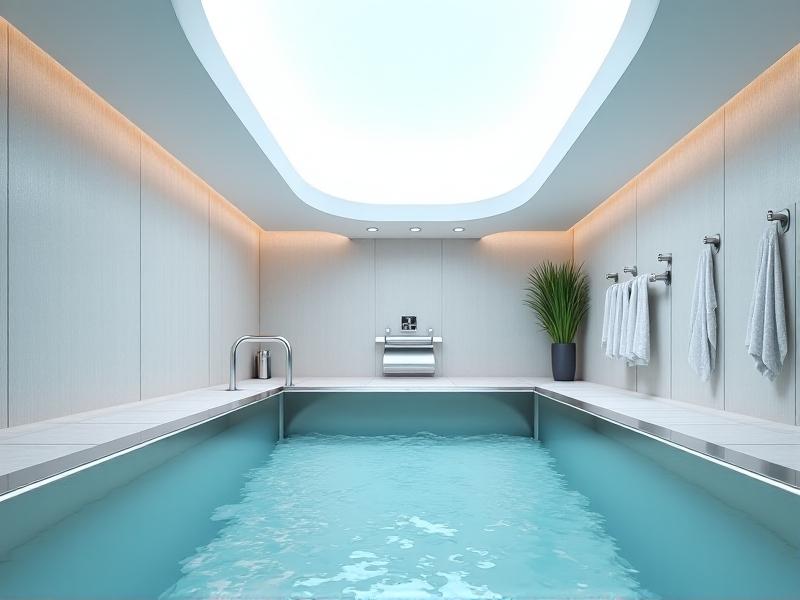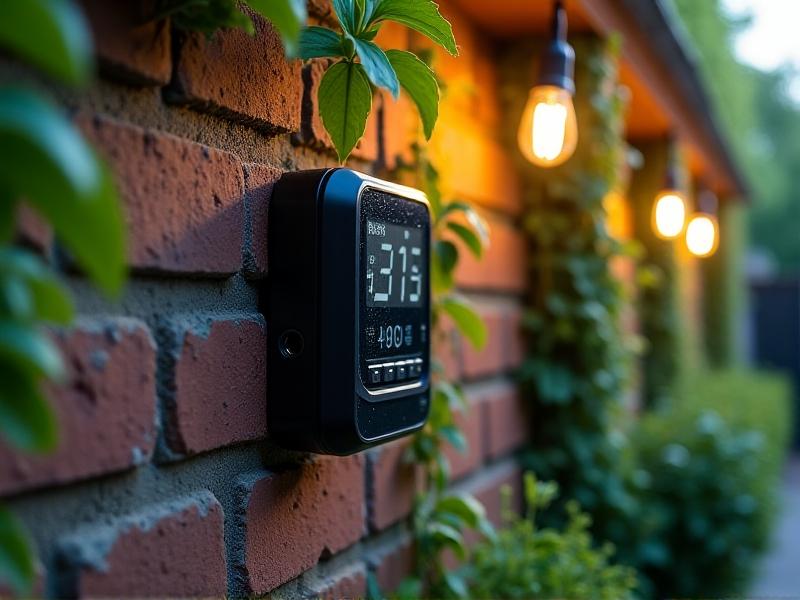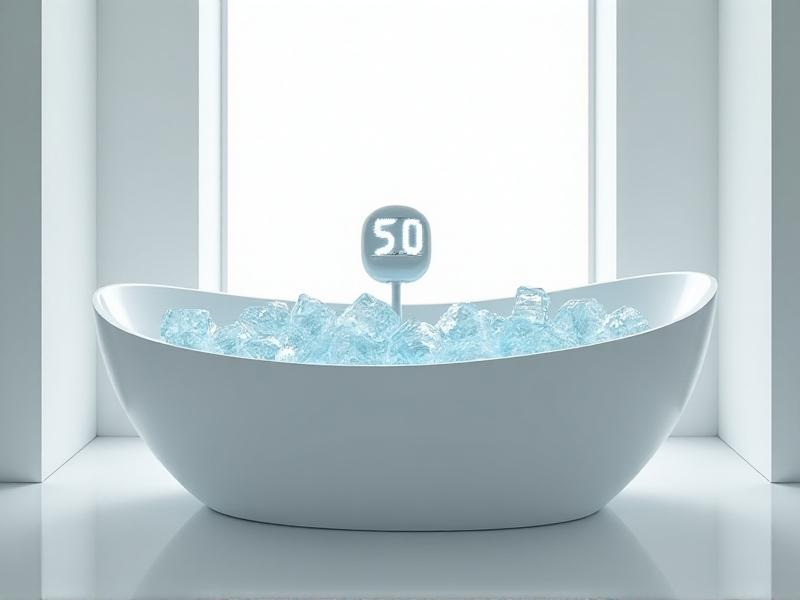Ice Bath Duration: Science-Backed Timelines
The Science Behind Cold Exposure: How Ice Baths Affect the Body
Ice baths, or cold-water immersion, trigger a cascade of physiological responses. When submerged in cold water (typically between 50–59°F), blood vessels constrict to conserve heat, redirecting circulation toward vital organs. This vasoconstriction reduces swelling and metabolic activity in muscles, potentially easing post-exercise soreness. Meanwhile, the shock of cold stimulates the sympathetic nervous system, releasing adrenaline and noradrenaline—hormones that heighten alertness and pain tolerance. Over time, repeated exposure may enhance the body’s ability to manage oxidative stress and adapt to physical strain. However, these benefits hinge on balancing duration and temperature to avoid counterproductive effects like tissue damage.
Optimal Ice Bath Durations for Muscle Recovery

Research suggests 10–15 minutes as the ideal window for muscle recovery. A 2016 study in the Scandinavian Journal of Medicine & Science in Sports found that 11 minutes at 50°F significantly reduced delayed-onset muscle soreness (DOMS) in cyclists. Shorter durations (5–8 minutes) may suffice for moderate exercise, while elite athletes with intense training loads might benefit from slightly longer sessions. Exceeding 15 minutes, however, risks numbing nerves excessively or impairing muscle growth pathways. Timing also matters: most studies recommend ice baths within 1–2 hours post-exercise to maximize inflammation reduction without disrupting protein synthesis.
Performance Enhancement: Timing Ice Baths Around Training

Strategic timing amplifies ice baths’ performance benefits. For endurance athletes, a post-training session helps clear metabolic waste like lactate. Conversely, pre-cooling—brief immersions before exercise—can improve stamina in hot conditions, as shown in a 2019 Journal of Strength and Conditioning Research paper. However, pre-workout ice baths may dampen power output in strength-focused activities. Coaches often advise against immersion immediately before weightlifting or sprinting, as reduced muscle temperature can compromise explosive force. The takeaway: align ice bath timing with specific goals, whether it’s recovery, acclimatization, or mental resilience.
Temperature Matters: How Cold Influences Duration
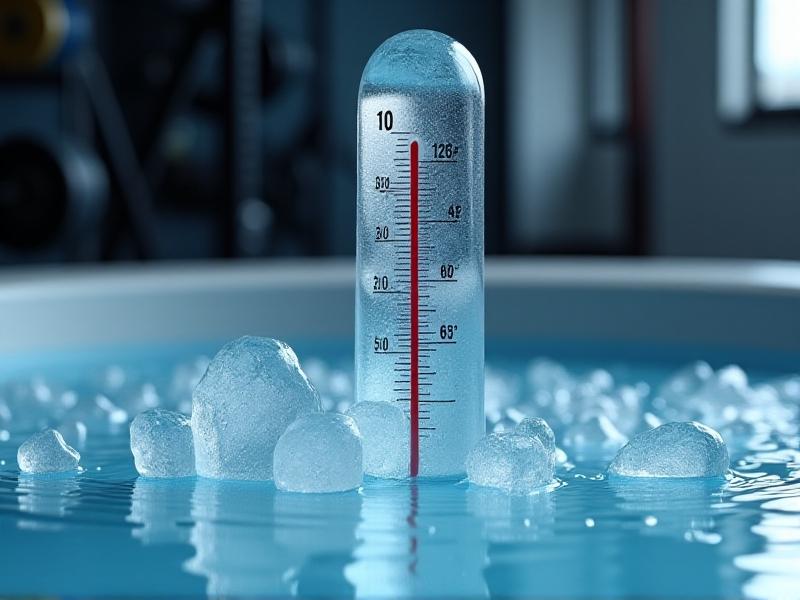
Colder water demands shorter sessions. At 50°F, 10–15 minutes is safe for most people, but dropping to 41°F (5°C) slashes the safe window to 5–8 minutes. A 2020 meta-analysis in Sports Medicine noted that extreme cold (below 45°F) increases risks of frostnip or arrhythmias without enhancing recovery. Beginners should start at milder temperatures (55–59°F) and gradually acclimate. Portable immersion coolers allow precise temperature control, whereas natural bodies of water require extra vigilance. Remember: your body’s shivering response is a warning sign to exit; ignoring it can lead to hypothermia, even in seasoned athletes.
Risks of Prolonged Exposure: When Ice Baths Do More Harm Than Good

Staying in too long undermines benefits. Beyond 20 minutes, even at moderate temperatures, ice baths can suppress immune function and impair motor neurons. A 2017 case study in the Clinical Journal of Sports Medicine documented a marathon runner developing peripheral nerve damage after 25-minute daily sessions. Prolonged cold also stresses the cardiovascular system—risky for those with hypertension or heart conditions. Experts emphasize listening to your body: exit if you experience numbness, dizziness, or uncontrollable shivering. Always consult a physician before starting ice baths, especially if you have circulatory or respiratory issues.
Short vs. Long Sessions: What Research Says
Shorter sessions (5–10 minutes) suffice for mild recovery, according to a 2021 study in Frontiers in Physiology . Researchers compared 5-minute and 15-minute immersions post-marathon and found similar reductions in inflammation markers. Longer sessions (12–15 minutes) showed marginal gains for severe muscle damage but heightened discomfort. For general fitness enthusiasts, brief dips offer 80% of benefits with less strain. Athletes recovering from injuries or extreme exertion might lean toward longer durations—but always under professional supervision. The key is aligning duration with your recovery needs, not arbitrary benchmarks.
Tailoring Ice Bath Durations to Individual Needs
Body composition, fitness level, and health history dictate ideal durations. Lean individuals cool faster due to lower insulation, needing shorter sessions. A 2022 paper in Temperature revealed that athletes with higher body fat tolerated 5°F colder water for 3 additional minutes. Age also plays a role: older adults often require milder temperatures to avoid blood pressure spikes. Meanwhile, seasoned cold-therapy users can tolerate longer exposure through acclimatization. Tools like heart rate monitors or thermal sensors help personalize sessions. The mantra here: one size doesn’t fit all—adjust based on biometric feedback.
Practical Tips for Timing Your Ice Bath Sessions
Consistency trumps duration. Start with 5-minute sessions at 55°F, increasing by 1–2 minutes weekly. Use a waterproof timer to avoid clock-watching. Pair ice baths with breathwork (e.g., box breathing) to manage discomfort. Post-immersion, warm up gradually—avoid hot showers for 10 minutes to prevent rapid vasodilation. For home setups, aim for 2:1 ice-to-water ratio and stir periodically to maintain even temperature. Track your recovery metrics (e.g., soreness scales, sleep quality) to assess effectiveness. Remember: even elite athletes rarely exceed 15 minutes—moderation is critical.
Case Studies: Athletes’ Ice Bath Routines Revealed
Elite sprinter Andre De Grasse uses 12-minute ice baths at 53°F after speed sessions. Conversely, ultrarunner Courtney Dauwalter opts for 8-minute immersions in natural alpine streams post-race. NBA teams like the Miami Heat layer cryotherapy (-200°F) with shorter ice baths for depth. These examples highlight how protocols vary by sport and individual. Common threads: prioritizing recovery windows (30–90 minutes post-exercise) and avoiding one-size-fits-all approaches. Their regimens prove that flexibility and data tracking are as vital as the immersion itself.
Future Directions in Cold Therapy Research
Emerging studies explore personalized cold-dose algorithms based on biomarkers like cortisol levels or muscle oxygen saturation. Researchers are also testing pulsed cold exposure—alternating short bursts of extreme cold with rest periods—to maximize adaptation. Meanwhile, genetic studies aim to identify "cold responders" who benefit most. As wearables improve, expect real-time immersion guidance via smartwatches. The future of ice baths isn’t just about duration—it’s about precision, integration with other modalities, and individualized programming.

